From Colombia we received Iguanodectes spilurus. This brings the number of Iguanodectes species imported by us in recent times to four: the red-striped I. geisleri and I. adujai, the three-striped I. purusii and now the golden-striped I. spilurus.
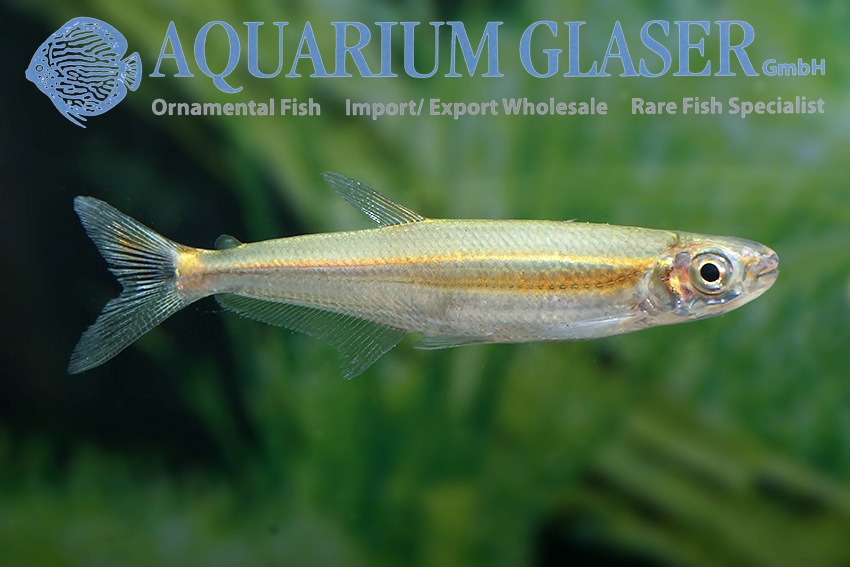
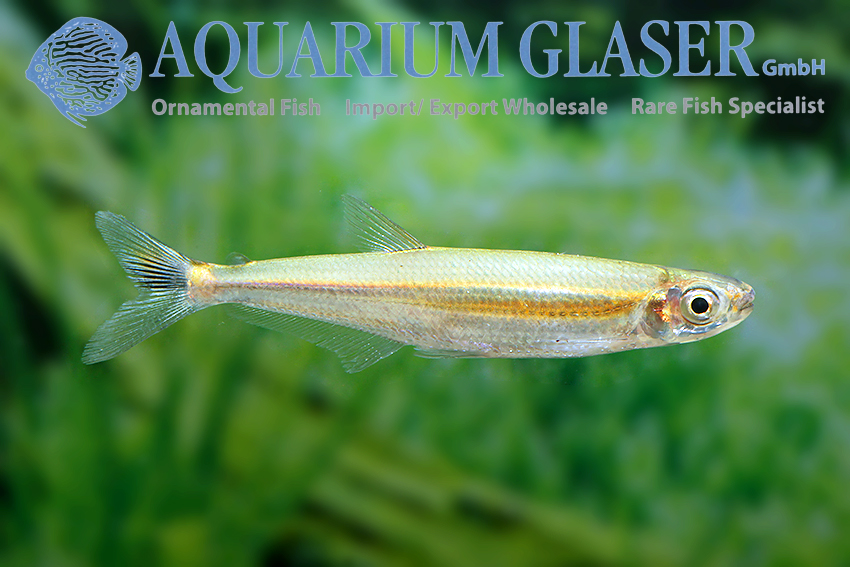
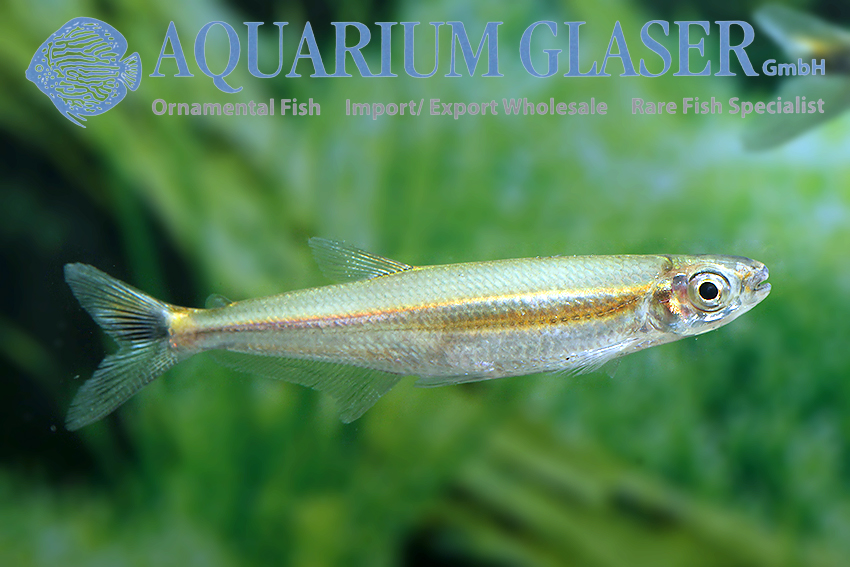
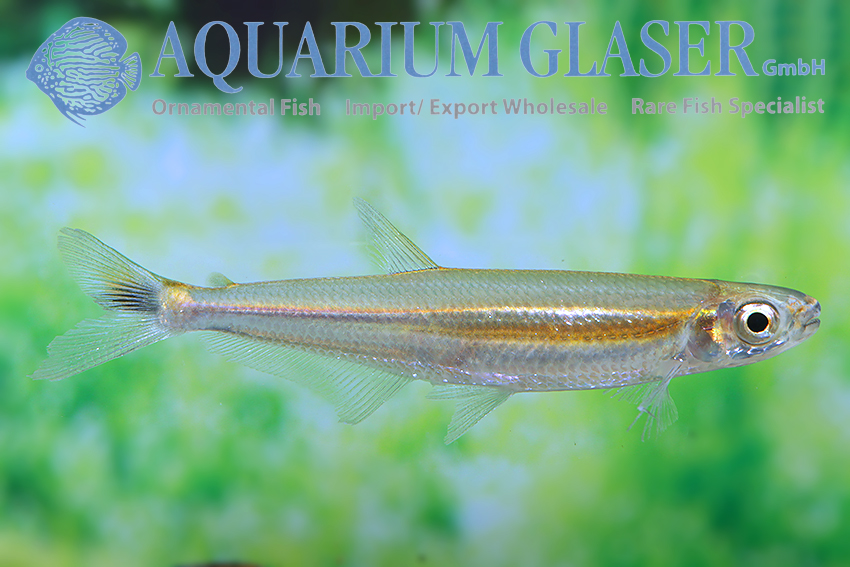
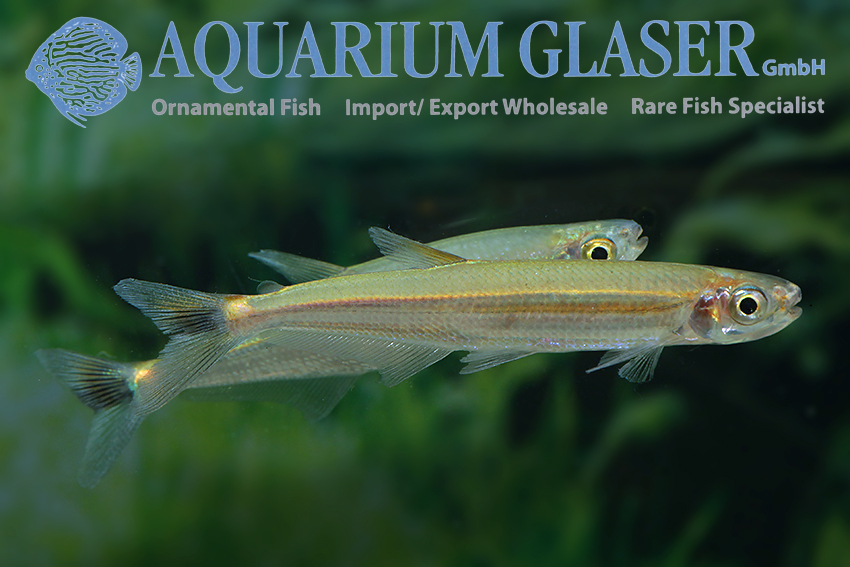
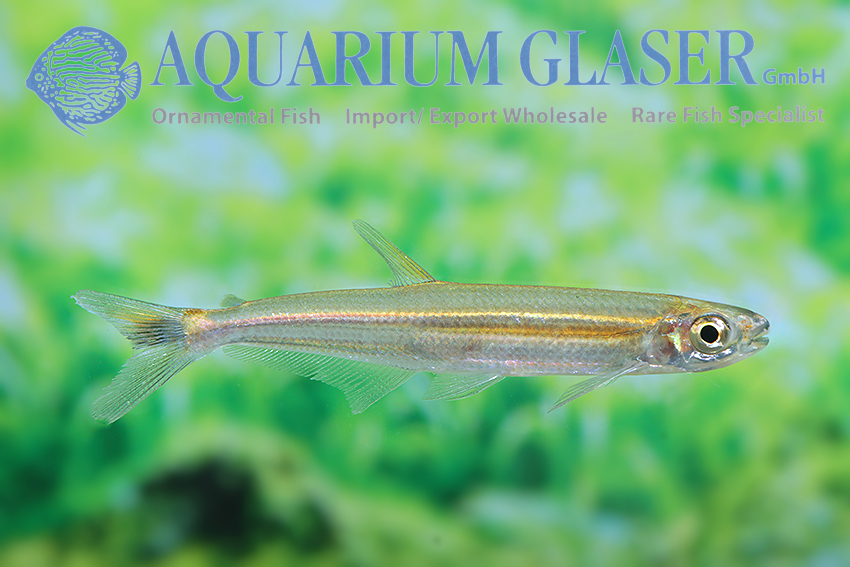
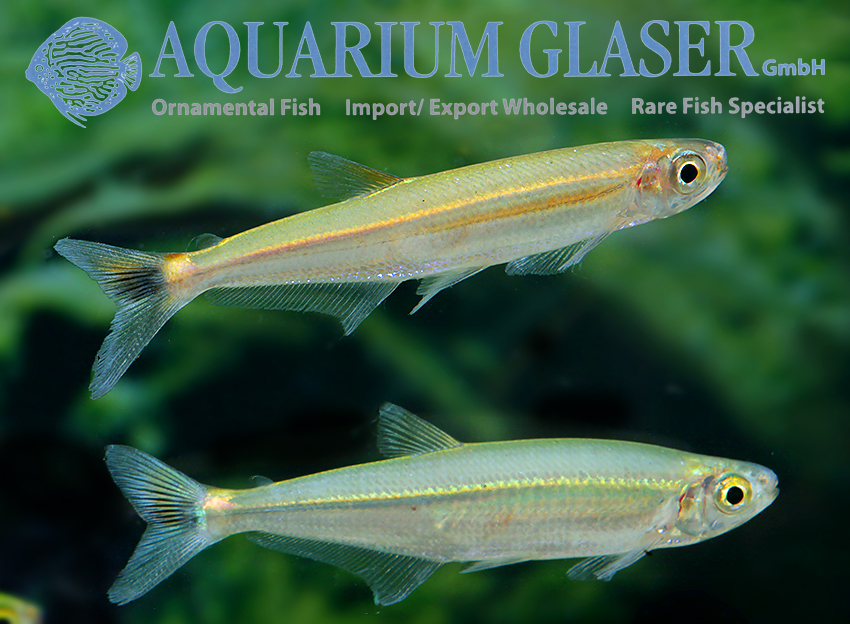
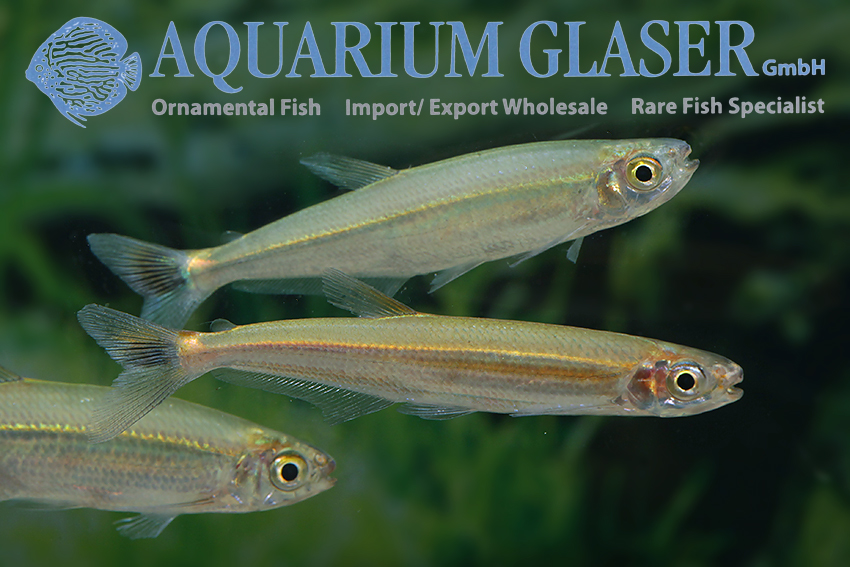
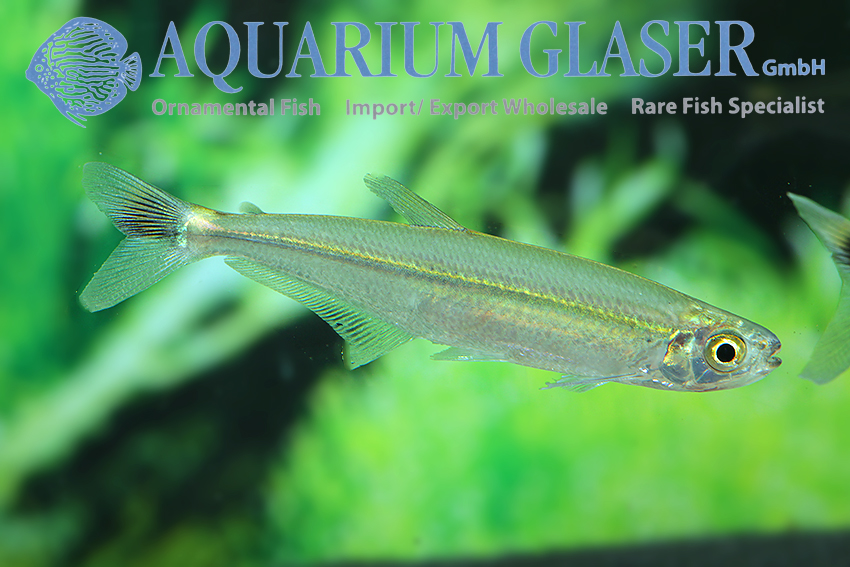
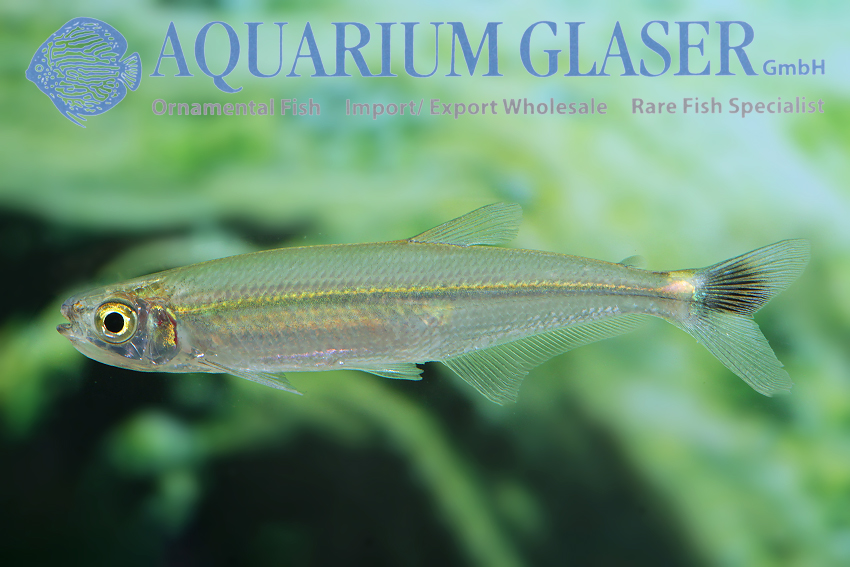
The lizard bite tetras (Iguanodectidae) are a peculiar family of South American tetras that got their scientific name from the shape of their teeth, which somewhat resemble the teeth of iguanas (Iguana). The popular adaptation „lizard bite tetras“ is therefore somewhat unfortunate. Lizards (Lacerta) have quite differently shaped teeth. Anyway: there are three genera in the family Iguanodectidae: Bryconops with 28 species, Iguanodectes with 8 species and Piabucus with 3 species. None of these species is imported more frequently, with the exception of the above mentioned Iguanodectes. Our knowledge about these fishes is therefore extremely poor.
At least the breeding of an Iguanodectes species was successful once (Böhm, 1985). Even if Böhm could not observe the spawning itself, the duration of the egg development with more than 10 days is very remarkable and to our knowledge unique among the tetras!
Some of our new imports differ rather strongly regarding coloration from the fish otherwise called I. spilurus in the hobby, which are also included in the import. So nowhere else the curved reddish band below the golden longitudinal band is mentioned, which many of our animals show. Possibly these animals are therefore even members of a scientifically still unknown species! But it could also be the other way around and these animals are the “real” I. spilurus and the other fishes without the reddish additional band belong to an undescribed species. Or is it a gender difference? There is still a lot to explore about the lizard bite tetras!
For our customers: the animals have code 264503 on our stock list. Please note that we supply only wholesale.
Literature:
Böhm, O. (1985): Gelungene Nachzucht des Eidechsensalmlers Iguanodectes spilurus. Tatsachen und Informationen aus der Aquaristik (TI), #69, (März): 12-13.
Text & photos: Frank Schäfer




